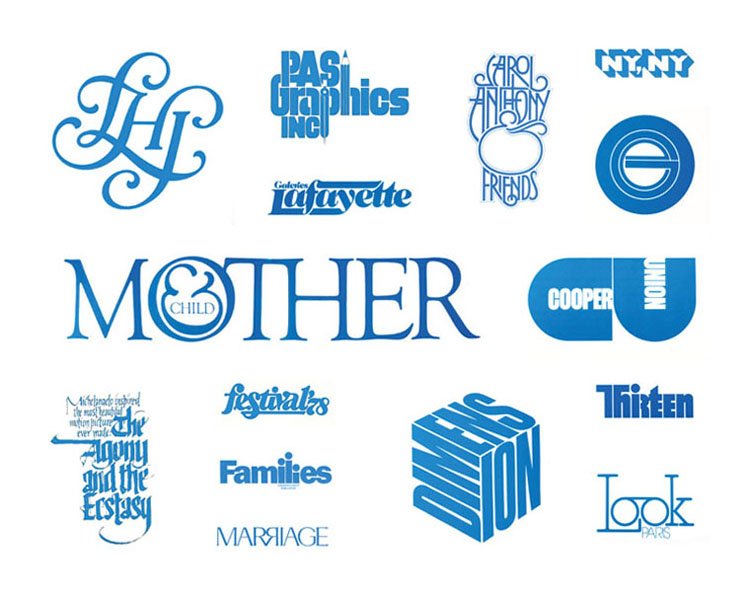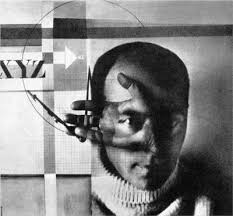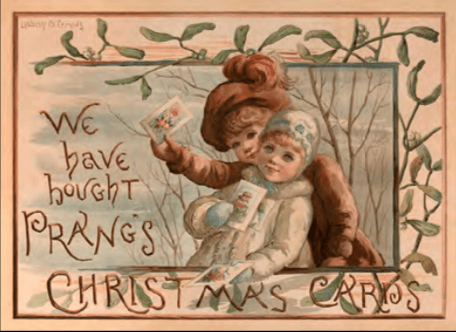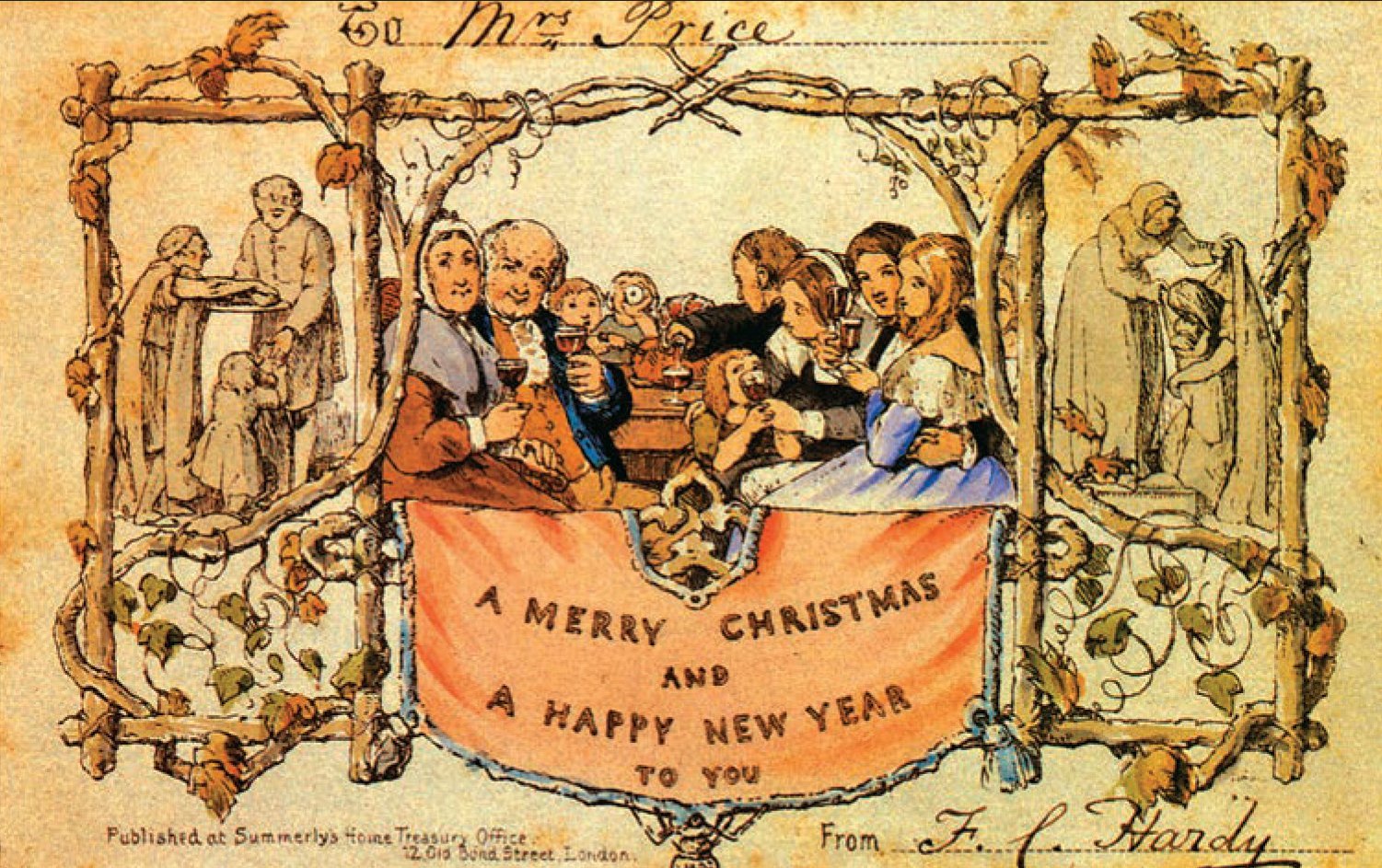Herb Lubalin is a progressive American typographer and designer in the 20th century, known for high-quality typographic logos and era-defining typefaces. Mostly associated with the typeface, ‘Avant Garde‘. Despite Lubalin being color-blind which can be seen as detrimental in the graphic design field, it could be argued that this shortcoming contributed his razor-sharp black and white imagery.
His typogram caught my utmost attention as it tells a story despite being simple and straight to the point. Typogram is making changes to the characters of the letters into a visual image. Lubalin had a playful approach to design as each letter are designed individually according to the weight and strokes to create a shape.
In the example above, my favorite graphic illustration is ‘Families’. Despite using a simple san-serif typeface, the idea of a family is illustrated in the ‘ili’ characters of the letters to show a family unit which is really symbolic.
Another example that I personally love is his ‘Beards’ illustration in 1946 which is a mixture hybrid of modern and late-modern style. The manipulation of letters to form imagery of a beard just by using a typeface is experimental. In addition, he is known for creating new conceptual typography called ‘ Graphic Expressionism’. Thus, he was a key figure in the ‘creative revolution’ that transformed American advertising in the 1960s with his artworks.
According to Lubalin in an essay, he wrote for Print magazine, “Graphic Expressionism is my euphemism for the use of typography, or letterforms, not just as a mechanical means for setting words on a page, but rather as another creative way of expressing an idea, telling a story, amplifying the meaning of a word or a phrase, to elicit an emotional response from the viewer.”
All in all, I’m amazed by his playful composition of letters’ shapes can change the weight and meaning of words, and how it evokes certain emotions from the viewer with its imagery and symbolic meaning which is really useful for advertising and communication. To me, Lubalin is one of the prominent experimental typographers that changed the industry with his conceptual typography.
References
https://www.uniteditions.com/blogs/news/ten-things-you-should-know-about-herb-lubalin
http://www.designishistory.com/1960/herb-lubalin/
Class Feedback
For the past four weeks, I’ve learned a lot of graphic design styles and movement that was created which was impacted by various aspects such as political, social, technological and economic issues. Despite being bombarded by all these useful terms during the lessons, my knowledge about everything is very surfaced-level and I have to research on my own to understand more about a particular term.
In terms of the weekly reflection essay, I feel like it would be so much better if there’s a brief or a certain direction we should follow because I don’t really know what I should include in it besides the interesting facts I’ve found online. In addition, I wish the lesson would include more Asian movements and influences or maybe some Singaporean context other than the Western graphic movements. Thanks, Desmond for the past 4 weeks!


















